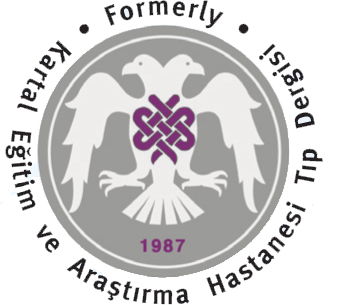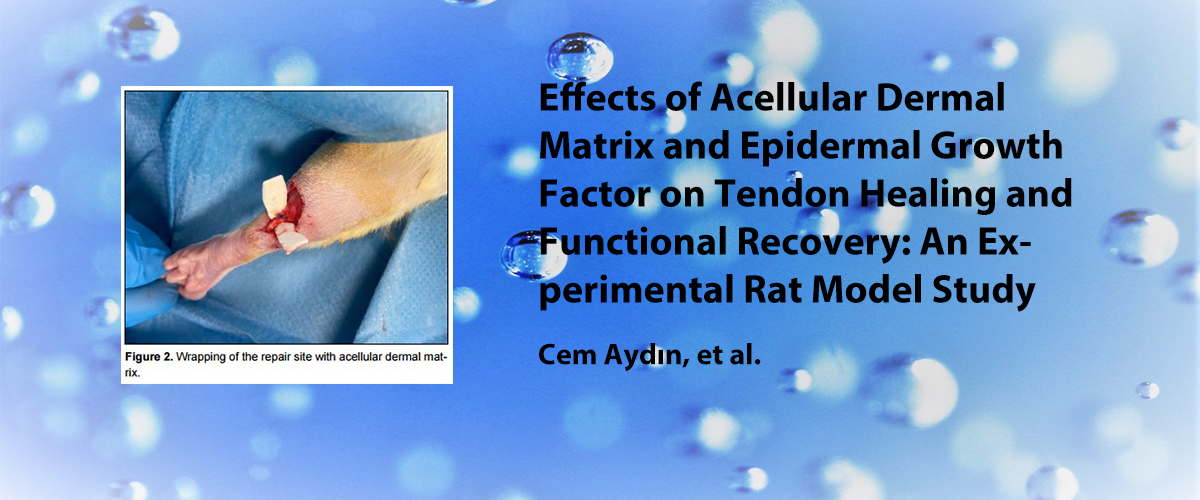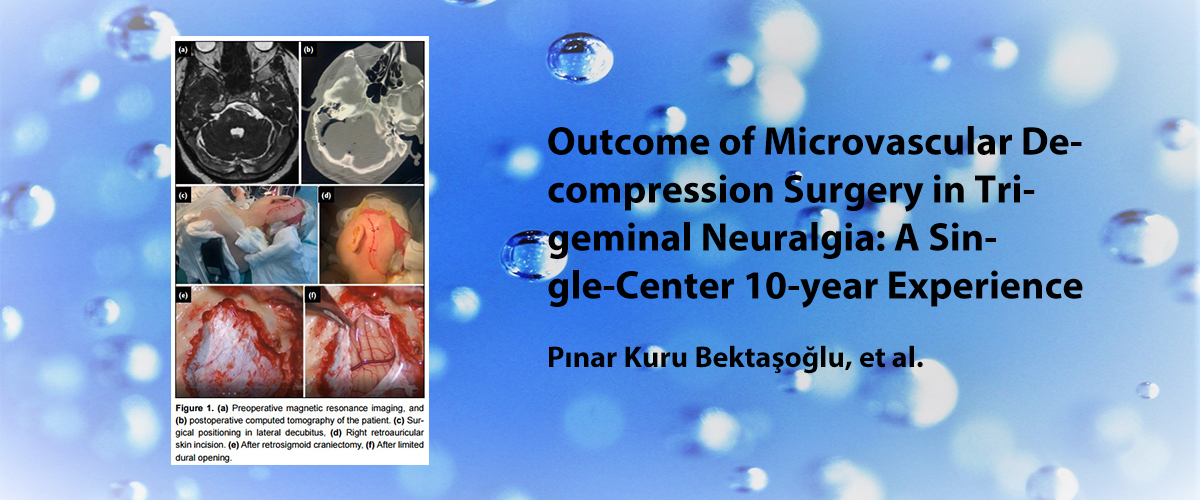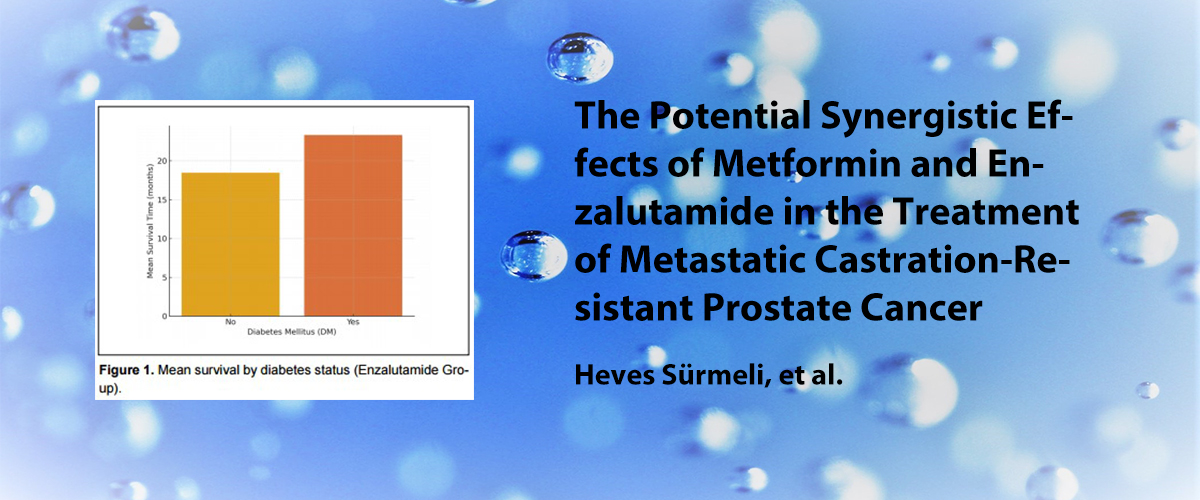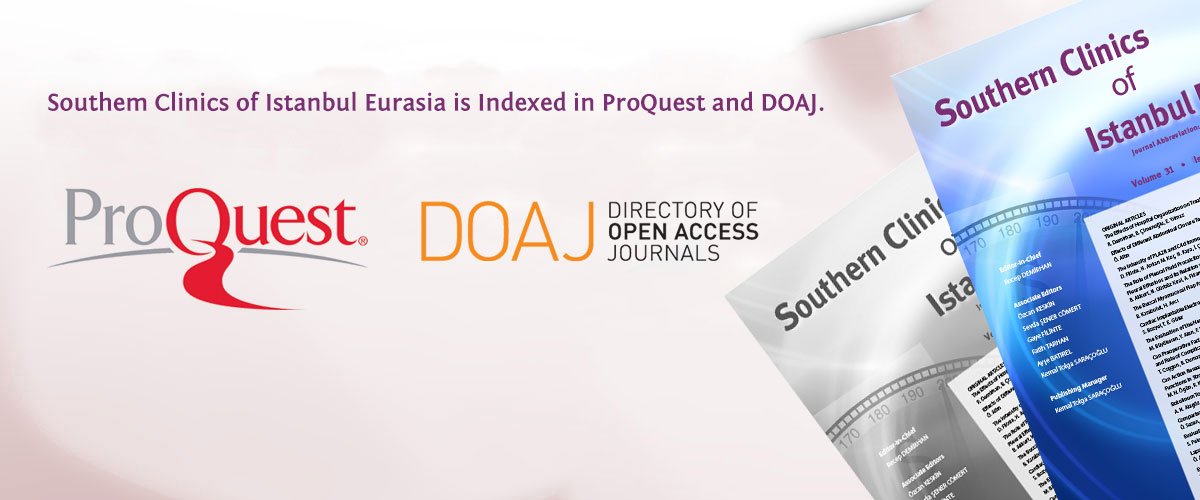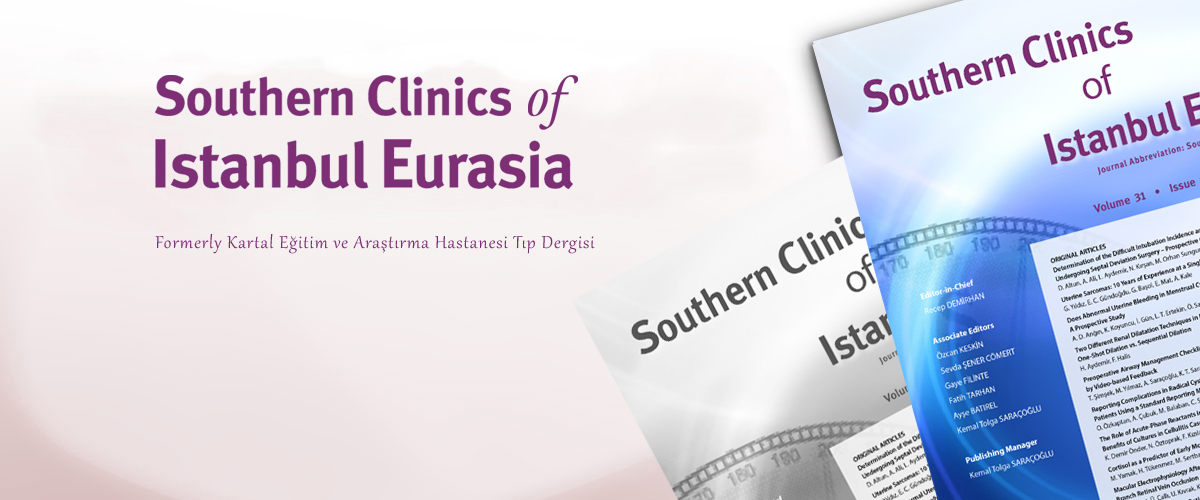ISSN : 2587-0998
Spina Bifida: Genel Bakış
Koza DumanDr. Ayten Bozkaya Spastik Çocuklar Hastanesi Ve Rehabilitasyon Merkezi, Fiziksel Tıp Ve Rehabilitasyon KliniğiSpina bifida (SB), fertilizasyon sonrası dördüncü haftada embriyonik nöral tüpün kapanmasındaki defekt sonucu oluşan bir konjenital malformasyondur. Spina bifida prevalansı 1000 doğumda 1-10 olarak verilmiştir. Tanı 16. gebelik haftasında anne serumunda alfa fetal protein ölçümü veya 18-20. gebelik haftasında fetüsün ultrasonografisi ile doğum öncesi konulur. Oluşan defekt nedeniyle alt ekstremitede paralizi, idrar, gaita inkontinansı, duyusal kusur, alt ekstremitede deformasyonlar ile prezente olan klinik tablo oluşur. Klinik tablo spinal lezyonun seviyesi ve tipine göre şekillenir. Erken cerrahi onarım, defisit kontrolü ve nörolojik hasarın progresyonunun önlenmesinde esastır. Konvansiyonel yaklaşım ile, doğumdan en geç 48 saat sonra yapılan defekt tamirinin progresyonu önlemede etkili olduğu bilinmektedir. Bu prensibin uygulanması ile bebeğin omurilik ve sinir köklerinin korunma oranı artmıştır. Daha erken girişim imkanı sağlayan prenatal cerrahi ile daha başarılı sonuçlar alındığı bildirilmektedir. SB tanılı çocukların dikkatle değerlendirilmesi ve çok yönlü, yaşa göre değişen hedeflerle planlanmış rehabilitasyon programları ile yüz güldüren sonuçlar almak mümkündür.
Anahtar Kelimeler: Spina bifida, meningomyelosel, folik asit, alfa feto protein, mobilizasyonSpina Bifida: An Overview
Koza DumanDr. Ayten Bozkaya Spastic Children's Hospital And Rehabilitation Center, Department Of Physical Medicine And RehabilitationSpina bifida (SB) is a congenital malformation in which the spinal column is split (bifid) as a result of failed closure of the embryonic neural tube, during the fourth week post-fertilization. The prevalence of spina bifida is 1-10 per 1000 births. Diagnosis of SB is usually made prenatally by measurement of alpha fetal protein in the maternal serum at 16 weeks of gestation or by ultrasound of the fetus at 1820 weeks of gestation. Depending on the lesion, interruption of the spinal cord at the site of the defect causes paralysis of the legs, incontinence of urine and feces, anesthesia of the skin, and deformation of the hips, knees, and feet. Clinical presentation depends both on the level and type of the spinal lesion at the vertebral column. Early surgical repair of the spinal lesion is essential in preventing further deficits and neurological damage. Conventional approach dictates the surgical repair in 48 hours of birth. With the application of this principle, the rate of protection of the infant's spinal cord and nerve roots has increased. Prenatal surgery which is a relatively new approach is proven to be more effective than postnatal surgery in lowering the occurrence of future complications. A child with the SB diagnosis is a life-long rehabilitation patient. Detailed clinical examination and setting age-appropriate goals is the first step for achieving the best possible outcome.
Keywords: Spina bifida, meningomyelocele, folic acid, alpha feto protein, mobilizationMakale Dili: İngilizce

